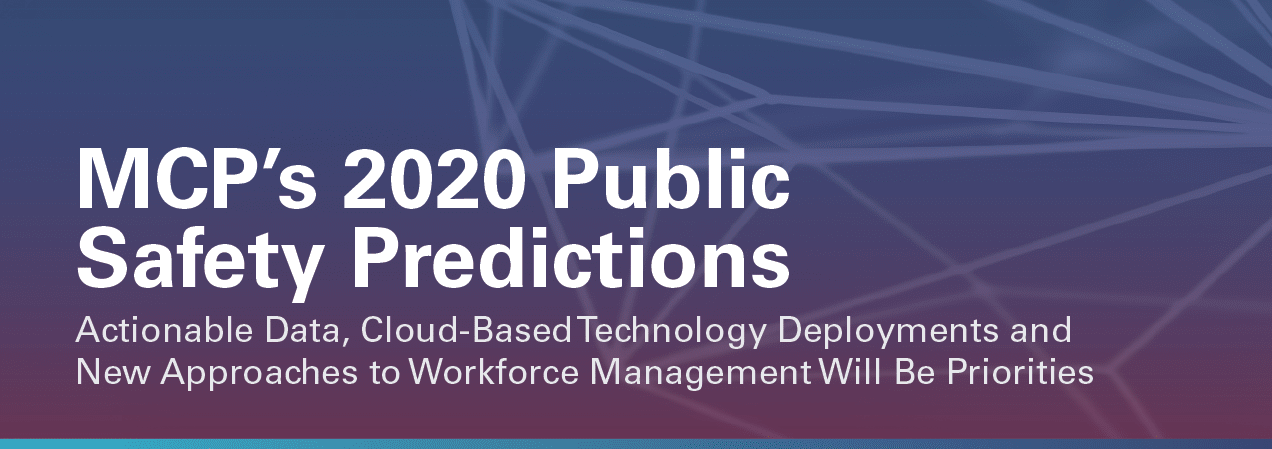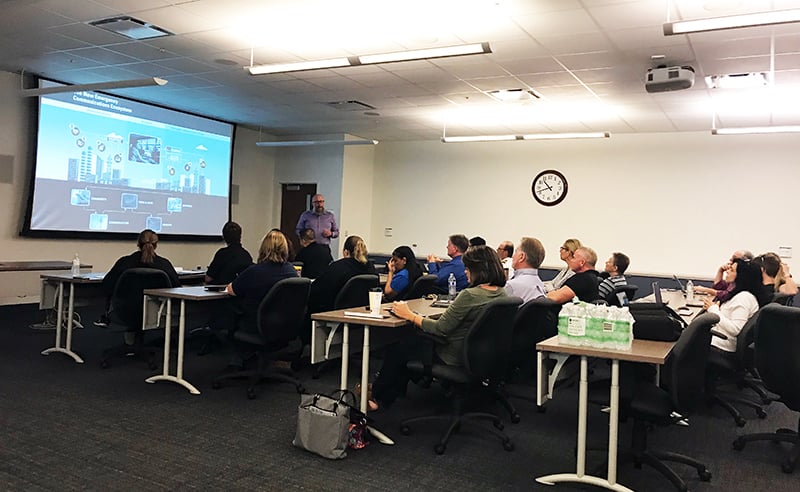The Public Safety Communications Challenges We’re Tackling in 2020
Earlier this year, public safety communications professionals from across the country came together in Austin, TX, to discuss and address the most pressing issues facing the industry at NENA’s Standards & Best Practices Conference. We discussed in a previous blog post why events like this one are critical to our industry’s success in continuing to improve emergency response outcomes. Which challenges are we tackling this year and what’s next for 911?








.jpg)





